Frequently Asked Questions
-
How can refineries reduce their emissions?
Refineries in the UK are regulated under the Integrated Pollution Prevention and Control (IPPC) Directive. The Best available Techniques reference document (BREF) is available at: http://eippcb.jrc.ec.europa.eu/reference/
Best available techniques (BAT) for flaring is summarised as: use flaring as a safety system (start-up, shutdowns and emergencies). Ensure smokeless and reliable operation minimise flaring by a suitable combination of: balancing the refinery fuel gas system installing a gas recovery system using high-integrity relief valves applying advanced process control reducing relief gas to flare by management/good housekeeping practices. UK guidance on BAT for refineries can be found at: IPPC_S1.02.pdf (PDF 1.05 MB)
The appearance of a combustion plant plume in the UK may be judged against Ringelman shades (it is still mentioned in permits for industrial plant), but this is primarily to avoid emission of dark or black smoke. Emission control effectiveness is still gauged by comparison with Ringelman but the main focus on larger plant is avoidance of visible plumes and compliance with particulate emission limits. There are issues in applying emission limits to flares so a qualitative assessment by comparison with Ringelman shades is reasonable. The Ringelman shades are described in BS 2742:1969, BS2742C describes the charts. Note that I'm not sure that an improvement in flare performance could be definitively determined by comparison with Ringelman shades unless the appearance of the current flare is consistently very poor (ie dark or black smoke emissions).
